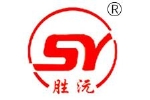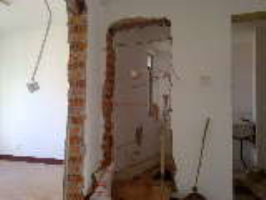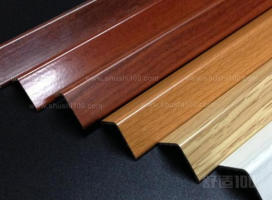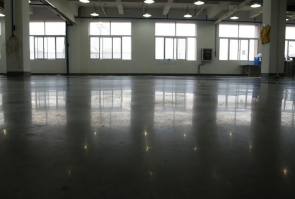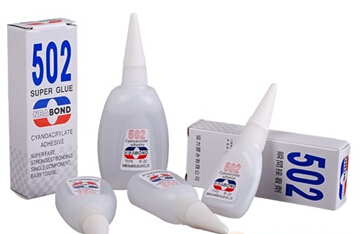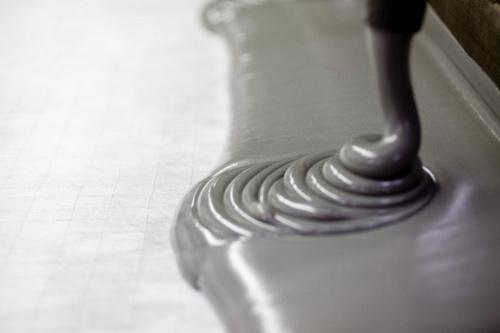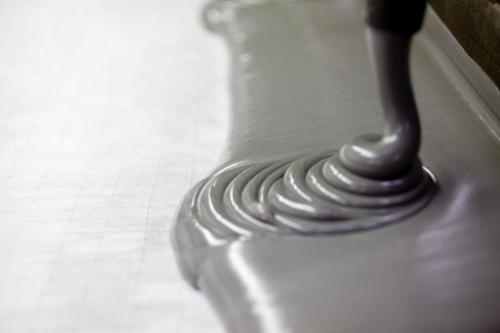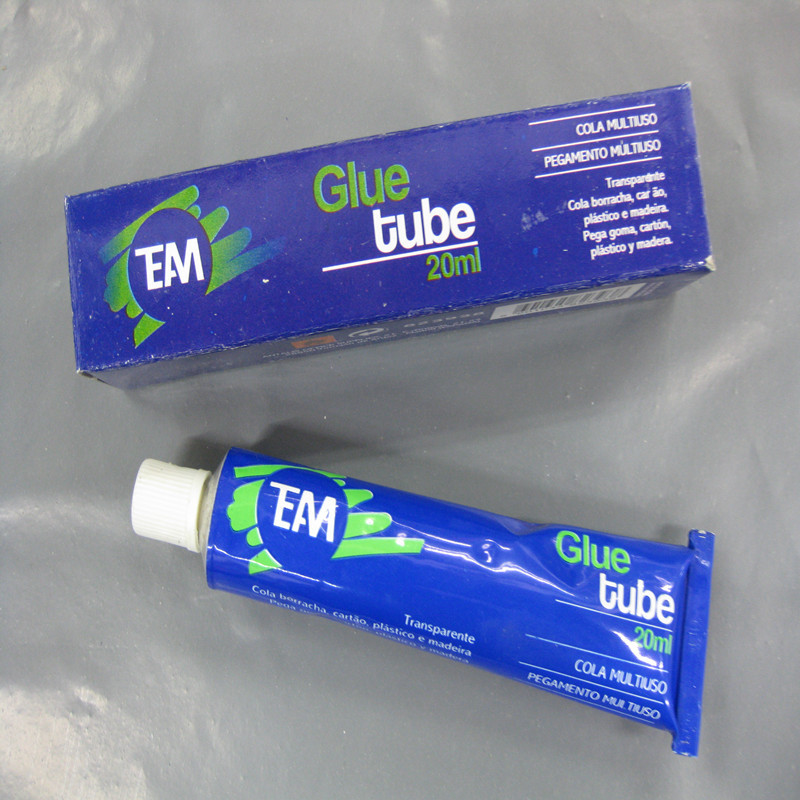What is the adhesive? What are the components of the adhesive With the development of the times, more and more people are buying houses. For ordinary people, they may decorate their houses once or twice in their lifetime, so they will be particularly careful when decorating. But what is adhesive? Now various distinctive products have appeared in the market. Do you want to know more about what adhesive is? Why don't you take a look with me. I hope it will be helpful to everyone. 1、 What is rubber adhesive? Adhesive is one of the most important auxiliary materials. It is widely used in packaging operations. Adhesive is a viscous substance, which can connect two separated materials together. There are many kinds of adhesives, which can be generally classified as follows: 1. According to the source of materials, ① natural adhesive. It comes from substances in nature, including starch Protein, dextrin, animal glue, shellac, hide glue, rosin and other biological adhesives; It also includes mineral binders such as asphalt. ② Artificial adhesive. This is a kind of artificial material, including inorganic adhesive such as water glass, and organic adhesive such as synthetic resin and synthetic rubber. 2. According to the use characteristics, ① water-soluble adhesive. Adhesive using water as solvent, mainly including starch, dextrin, polyvinyl alcohol, carboxymethyl cellulose, etc. ② Hot melt adhesive. It is a solid adhesive that can be used after melting the adhesive by heating. General thermoplastic resins can be used, such as polyurethane, polystyrene, polyacrylate, ethylene vinyl acetate copolymer, etc. ③ Solvent based adhesive: adhesive insoluble in water but soluble in some solvent, such as shellac, butyl rubber, etc. ④ Emulsion adhesive, mostly suspended in water, such as vinyl acetate resin, acrylic resin, chlorinated rubber, etc. ⑤ Solvent free liquid adhesive. It is viscous liquid at room temperature, such as epoxy resin, etc. 3. It can be divided into ① paper based material adhesive according to packaging materials, mainly including starch paste, dextrin, water glass, chemical paste, casein, etc. ② Plastic adhesives, mainly including solvent adhesives such as styrene butadiene rubber, polyurethane, nitrocellulose, polyvinyl acetate, etc; Water soluble adhesives such as ethylene vinyl acetate copolymer and ethylene acrylic acid copolymer; Emulsion adhesives such as vinyl acetate resin and acrylic resin; Hot melt adhesives made of thermoplastic resins such as polystyrene, polyurethane, polyacrylate, etc. ③ Wood adhesive, mainly including bone glue, skin glue, stick glue, casein, blood glue and other animal glue; It also includes phenolic resin adhesive, polyvinyl acetate resin adhesive, urea formaldehyde resin adhesive and other synthetic resin adhesive; It also includes vegetable gums such as bean glue. Adhesive adhesive is a general term for non-metallic materials that can combine one solid surface with another solid surface due to surface bonding and internal force (adhesion and cohesion, etc; Auxiliaries include curing agent, diluent, plasticizer, filler, coupling agent, initiator, thickener, antioxidant, polymerization inhibitor, stabilizer, complexing agent, emulsifier, etc. According to requirements and uses, they can also include flame retardant, foaming agent, defoamer, colorant, mildew inhibitor, etc. 2. The main agent and main agent are the main components of the adhesive, leading the adhesive bonding performance, At the same time, it is also an important symbol to distinguish the types of adhesives. The main agent is generally composed of one or two or even three polymers, which are required to have good adhesion and wettability. The substances that can be used as adhesives include: (1) natural polymers, such as starch, cellulose, tannin, arabic gum, sodium alginate and other vegetable adhesives, as well as bone glue, fish glue, blood protein glue Animal stickers such as casein and shellac (2) Synthetic resins are divided into thermosetting resins and thermoplastic resins. Thermosetting resins include epoxy, phenolic, unsaturated polyester, polyurethane, silicone, polyimide, bismaleimide, allyl resin, furan resin, amino resin, alkyd resin, etc; Thermoplastic resins, such as polyethylene, polypropylene, polyvinyl chloride, polystyrene, acrylic resin, nylon, polycarbonate, polyformaldehyde, thermoplastic polyester, polyphenylene ether, fluororesin, polyphenylene sulfide, polysulfone, polyketone, polyphenyl ester, liquid crystal polymer, and its modified resin or polymer alloy, are the most widely used adhesives (3) Rubber and elastomer. Rubber mainly includes neoprene, butyronitrile ethylene propylene rubber, fluororubber, polyisobutene, polysulfide rubber, natural rubber, chlorosulfonated polyethylene rubber, etc; Elastomer is mainly thermoplastic elastomer and polyurethane elastomer (4) In addition, there are also inorganic binders, such as silicate, phosphate and phosphoric acid copper oxide. 3. Additives In order to meet specific physical and chemical characteristics, various auxiliary components added are called additives. For example, in order to make the main binder form a mesh or body structure, and increase the cohesive strength of the adhesive layer, curing agents are added (they react with the main binder and produce cross-linking); The curing promoter or catalyst is added to accelerate the curing and reduce the reaction temperature; In order to improve the resistance to atmospheric aging, thermal aging, arc aging, ozone aging and other properties, antioxidant is added; Filler is added to endow adhesive with certain specific properties and reduce cost; Toughening agent is added to reduce the rigidity of adhesive layer and increase the toughness; In order to improve the processability, reduce viscosity, and extend the service life, diluents are added. 3. Related concepts 1. Adhesive adhesives, also known as adhesives and adhesives, were introduced by American Henry in 1742? Invented by Dr. Harry Coover. It refers to the materials that stick two objects together and use different adhesives according to the characteristics of the materials to be bonded (mainly the surface characteristics, such as roughness). The adhesive is actually the diluted resin, and the resin itself has viscosity. But some glue ingredients are: PVA, water, preservatives. 2. Resin resin usually refers to the organic polymer that has softening or melting range after being heated, and tends to flow under the action of external force when softening. It is solid, semi-solid and sometimes liquid at room temperature. Broadly speaking, any polymer compound that can be used as raw material for plastic products processing is called resin. Relevant recommendations: usage of multifunctional rubber powder can pet plastic be used to pack food? Bd801 rubber adhesive, loubang brand strong tile adhesive, pvc glue formula, conductive room temperature vulcanized silicone rubber, silicone rubber/adhesive/potting rubber/conductive adhesive
![2023 [Zhongying List] The application for the brand optimization plan of Building Materials Network was officially launched](https://meta.bmlink.com/bmlinktg/action/20220905/tg_1190x300.jpg)

